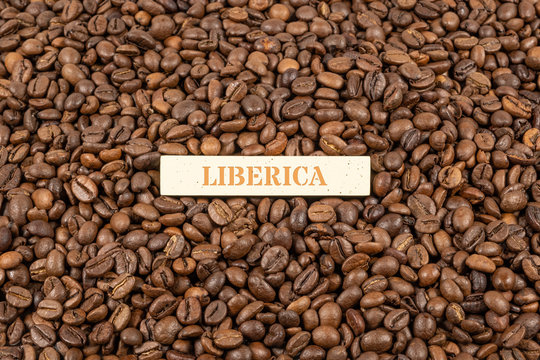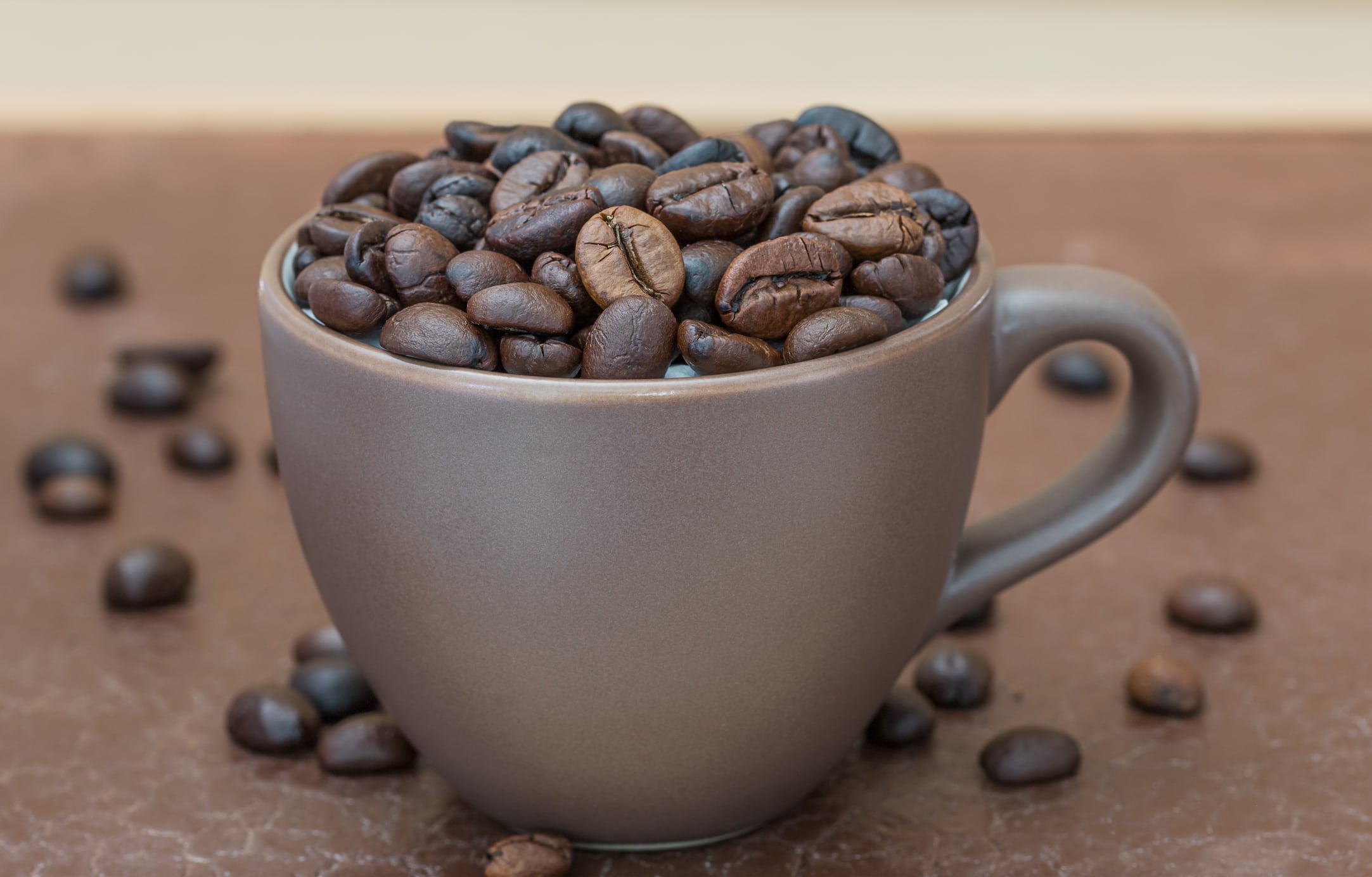All the information you need know about Vietnam Liberica Coffee
The two most often used commercial species of coffee beans are Arabica and Robusta, which are both well-known names. However, genetics and coffee variations are much more complicated than that. Liberica is one of the less well-known species; it makes up less than 2% of the world’s commercial coffee.
Liberia, one of the rarest coffees in the world, is grown exclusively in a few nations in Southeast Asia and a small area in Western and Central Africa. Vietnam is proud to be one of the few nations that can produce a significant quantity of high-grade Liberica. When sourcing coffee in Vietnam, make sure you read this important information to get a general understanding of Vietnam Liberica Coffee.

1. Vietnam Liberica Coffee and its history
Three varieties of coffee are grown in Vietnam: Arabica, Robusta, and Liberica. You can read our earlier coffee series blogs, where we discussed Vietnam Arabica and Vietnam Robusta in great detail, here. In contrast to the other two, it yields less for Vietnam Liberica. In Vietnam, Liberia coffee is referred to as “cà phê mít” because of the way its leaves resemble those of jackfruit. There are two primary variations of the Liberica species: Liberica and Exelsa. It is fairly bitter, particularly in the back palate where it has a burnt wood flavor. As a result, it’s typically combined with Robusta and Arabica coffee to provide unique flavors.
In Vietnam, it takes five years for a Liberica plant to start bearing fruit. Due to its drought tolerance and low water requirements, this coffee tree is frequently planted in large-scale farming. Liberica coffee is the recommended variety to serve as the rootstock for other well-known coffee kinds because of its ability to withstand drought and strong resilience to pests and illnesses.
The Arabica plants that had perished in huge quantities as a result of coffee rust disease were replaced in Indonesia and the Philippines in the 1890s by the Liberica species. In 1857, a French priest who was obsessed with coffee brought coffee to Vietnam for the first time. This group of French colonists introduced the Robusta and Liberica types of coffee in 1908, dissatisfied with the yields of the Arabica variety. Then, Liberia showed itself to be more pest- and disease-resistant, able to withstand droughts and adjust to hotter temperatures and lower elevations. In contrast, Liberia is currently grown in Vietnam less frequently than Arabica and Robusta due to its low yield and challenging cultivation and harvesting processes.

2. Where is Liberica coffee grown in Vietnam?
Vietnam’s Liberica coffee variety is grown in many areas, such as Nghe An, Quang Tri, Gia Lai, Kon Tum, and Dalat, where the climate and environmental conditions are perfect.
Because of its growth condition, Liberica coffee in the Central Highlands of Vietnam is often harvested late in the 12th lunar month. The flowers are made to bloom by the rains. Consequently, cherry coffee will start growing after other varieties have been picked.
The majority of cherries are gathered by hand. Neither all unripe nor overripe cherries are removed from the tree, or just ripe cherries are picked, leaving green, unripe cherries alone to be harvested later. Following cherry harvesting, the dry method is often used mostly a processing technique in Vietnam. Cherries are dried using this process, either in mechanical driers or in the sun.
Large-scale coffee growers, on the other hand, mostly employ wet processing methods. This is the most sophisticated processing technique available today, and it’s used in numerous other nations.

3. Nam Son– Specializing export of good quality Vietnam coffee beans
Nam Son, we know it’s more than just finding the right coffee supplier since every step of the supply chain requires proper implementation to ensure Vietnam-quality coffee beans are well delivered to clients. We always try our best to determine the best suppliers, including coffee farms and coffee collectors based on customers’ needs. During research on potential suppliers, discussion, and factory visits, we inspect everything from business license, and capacity, past orders, equipment, and workers’competence. This is why Viego Global ensures you can reach the best coffee suppliers at the most competitive price from Vietnam.
